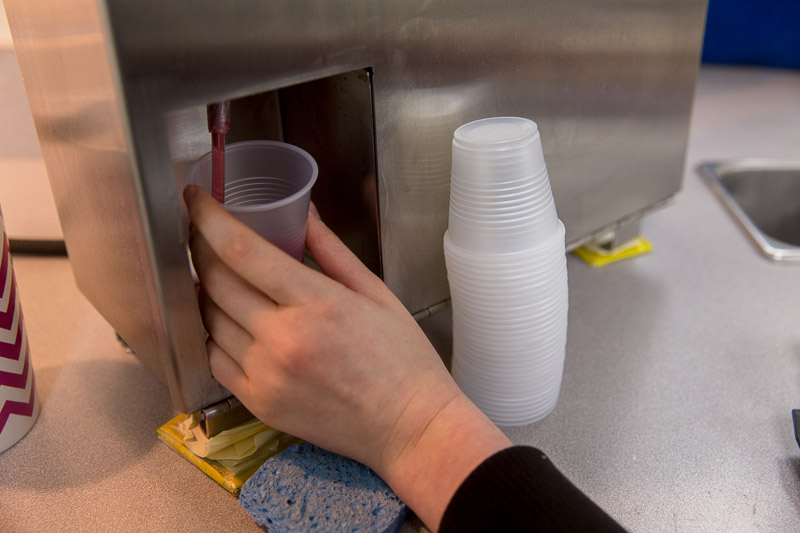
We are in the midst of a wide-spread opioid epidemic. Seventy-eight people die every day in the US from an opioid-related overdose, and yet only 20 percent of people with opioid use disorders receive treatment. Why? The reasons are many, but most stem from a lack of public awareness about the most effective form of treatment – medication-assisted treatment.
Medication-assisted treatment (MAT) is an evidence-based method that recognizes the physiological effects that prolonged heroin or other opioid use has on a person’s body. Treatment begins with stabilizing the person’s physiological condition with trusted medications like methadone or buprenorphine. Once stable, they are able to begin addressing the psychological, emotional, and environmental circumstances surrounding use.
Why do so few people know about or seek out this type of treatment if it is so effective? Misunderstanding and stigma regarding the use of medications to treat opioid use disorders are widespread. Here are some common myths about MAT that you may have heard – and the myth-busting facts.
MYTH: Using methadone or buprenorphine to treat people with opioid use disorders is just substituting one type of drug use for another.
FACT: The life of a person who is effectively managing their disorder with methadone or buprenorphine is drastically different than the life of someone who is actively using heroin or prescription narcotics. As short-acting opioids, heroin and prescription pain medications have drastic highs and lows. These extreme highs and lows often drive active opioid users, physiologically, to get the next dose of heroin or other opioids at any cost. For many people who are actively using, this next “fix” becomes the most important thing – more important than their bodies and health, their jobs, and even their loved ones. It is a terrible way to live, and it is not a choice.
People undergoing MAT do not experience these extreme physiological highs and lows. With the stability provided by the long-acting medications used in MAT, patients’ lives look very different. They are able to care about the things that matter – their families, their education, their well-being. In other words, they get their lives back. Many of our patients tell us that MAT has made them feel like themselves for the first time in years.
MYTH: Treatment is only effective if it leads to patients being cured and not needing opioids. Anything else is a failure.
FACT: Substance use disorders are a chronic medical condition with long-lasting effects. Opioid use disorders change a person’s physiology; opioid receptors in the brain multiply and become like hungry mouths that demand to be fed. This is not a condition that can be quickly “cured” when patients decide to stop using heroin or other opioids; in many people those additional hungry mouths never go away. Just as diabetics may require life-long doses of insulin, or people with hypertension need lifelong medication, many of our patients need life-long treatment to maintain stability. Living a meaningful life with the help of medication is a success.
MYTH: Medication-assisted treatment clinics bring people who are using to my neighborhood.
People who need this treatment are already present in every neighborhood across the US. Roughly one in seven Americans will develop a substance use disorder in their lifetime; they are parents, kids, neighbors, doctors, mechanics, and grocery store clerks who are often desperate for help. The scope of this challenge is enormous and the first step in finding effective solutions is for every person to understand this is a problem that affects their lives and the lives of the people they care about. If that one-in-seven American who develops a substance use disorder is a family member or friend, remember that the presence of a clinic and access to MAT could save their life.
Stigmatizing use disorders and the people who have them only succeeds in pushing the problem farther underground, discouraging people from seeking help, and increasing the negative effects on the community as a whole. Compassion, not judgment, is an essential part of any solution.




